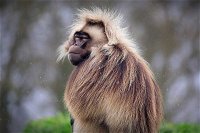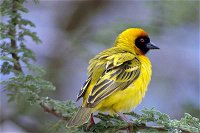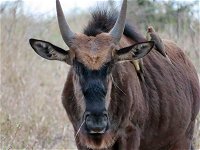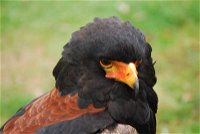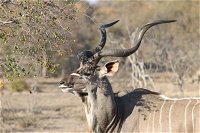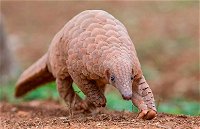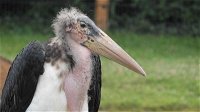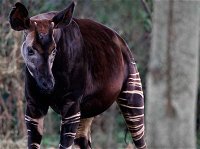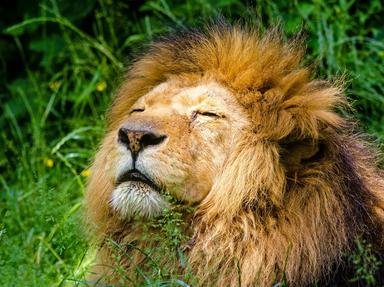
I Thought I Gnu It Trivia Quiz
Odd Animals of Africa
Animals should be easy, right? Try this quiz out and identify ten African animals based on their images. Good luck!
by kyleisalive.
Estimated time: 3 mins.
- Home
- »
- Quizzes
- »
- Animal Trivia
- »
- Animals by Region
- »
- Africa

